20 Curiosities you probably didn't know about the Spanish language
If you’ve decided to learn Spanish online, in this article you’ll discover 20 curiosities about the language that every Spanish student should know.

Did you know that...
1* … according to Instituto Cervantes, there are more than 500 million people that speak Spanish?
This is the third most widely spoken language in the world after Chinese and English!
2* … Spanish is the second largest native language in the world? After Chinese with 1.2 billion native speakers, Spanish, with 329 million native speakers comes in the second place. English comes in third place with 328 million native speakers around the world.
3* … Spanish is the second most studied language in the world?
An estimated 20 million students are currently studying Spanish as a foreign language. Studying Spanish in schools, universities and online has grown in popularity!
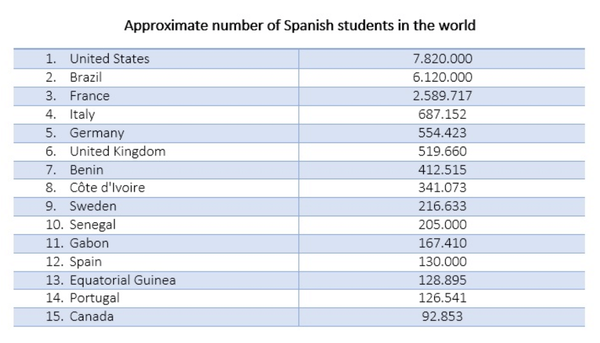
4* … there are 21 countries where Spanish is the official language? Those countries are: Spain, Mexico, Colombia, Argentina, Venezuela, Puerto Rico, Chile, Guatemala, Ecuador, Cuba, Bolivia, Dominican Republic, Honduras, El Salvador, Paraguay, Nicaragua, Costa Rica, Perú, Panamá, Uruguay and Equatorial Guinea.
5* … is the second most spoken language in the United States, Brazil and other nations like Andorra, Belize and Gibraltar? Just to give you an example: nowadays the United States' Hispanic population is more numerous than the entire population of Spain.
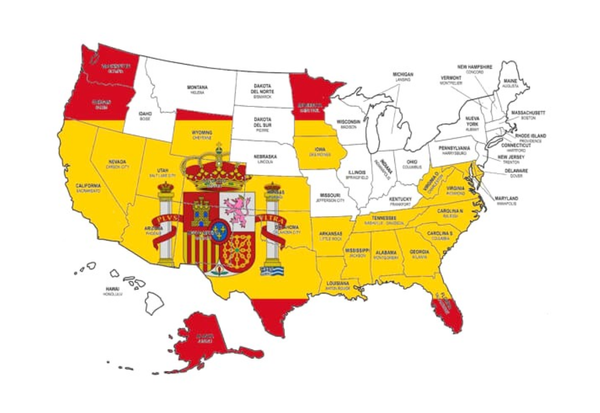
6* … Mexico is the largest Spanish-speaking country?
With over 121 million people, Mexico claims the world’s first-largest Spanish-speaking population, followed by the United States, Colombia, Spain, and Argentina.
7* … is the third most used language on the internet?
7.9% of the Internet users communicates in Spanish. Is the second most popular language of Facebook and Twitter and it is also the second language of importance to Wikipedia in terms of number of users who visit the site.
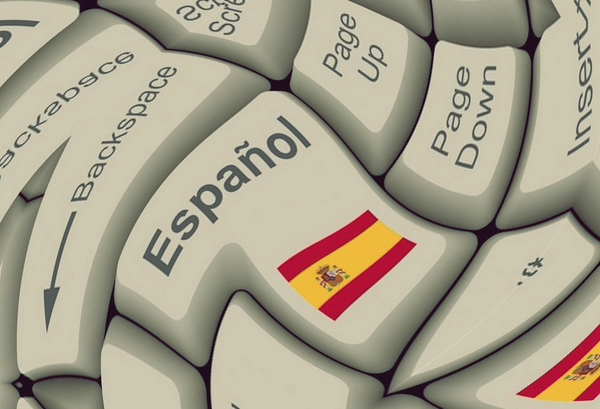
8* … According to the RAE (Real Academia Española) Spanish has 80.000 words?
To its 80.000 words one should add the other 70.000 terms compiled in the dictionary of Americanisms (terms used in Latin American varieties of Spanish). However, it is estimated that in order to calculate the entire lexicon of a language one would have to add 30% to the number of words present in dictionaries, so the number of Spanish terms could clearly exceed 100,000. A good number, however, is still very far from the 350,000 English terms present in the Oxford dictionary.
9* … Spanish is a phonetic language?
This means that words are written as they are pronounced, the pronounce of the letters is consistently and each letter represents a certain sound. This also means that Spanish is a fairly simple language for novices to learn, especially when it comes to spelling and speaking.
The links between sounds and letters usually do not contain spelling surprises.
10* … Spanish is a poetic language and has long sentences?
When you translate from English to Spanish, your text is likely to expand by 15-25%. This isn’t because Spanish words are longer than English words, the reason for this expansion lies in the fact that Spanish is more detailed, poetic and expressive. Therefore, it uses more words to describe something that English would probably summarize in one word.
11* … accent marks are used in Spanish for two different purposes?
This is used to show where emphasis falls on a word when it is pronounced and to help differentiate between identically-spelled words, for example, bebe (to drink) and bebé (baby), papa (potato) and papá (father), camino (road) and caminó (past tense for walk). They are only used above vowels (á, é, í, ó, ú).
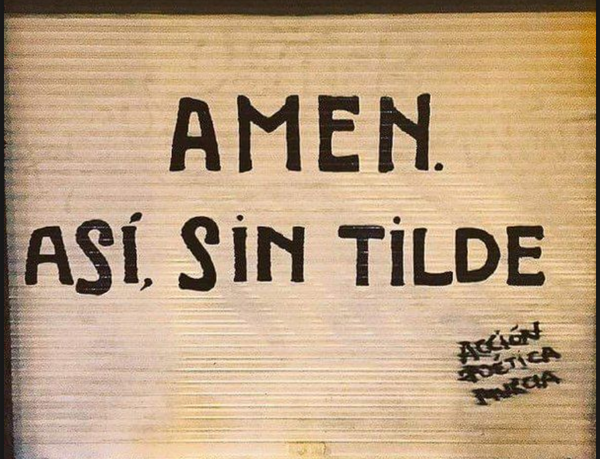
12* … “E” is the most used letter in Spanish with 16%?
While “W” is the least used, with only 0.01%. The most used word in Spanish is the preposition “DE”.
13* … the largest word in Spanish has 25 letters? It is the word “esternocleidomastoiditis” but this is a medical term rarely used outside this specific context. The 24-letter word electroencefalografistas is often cited as the longest Spanish word.
14* ... Spanish is the fastest language in the world?
The speed of a language is determined by the number of syllables that the average speaker pronounces per second (the more syllables per second, the faster is the language).
The number of syllables pronounced by an everyday Spanish speaker makes Spanish the fastest language in the world.
15* … there is a universal Spanish dictionary?
Two people that have just met from any Spanish-speaking countries will be able to understand each other without a problem. However, three kinds of words can create a little bit of conflict:
-words that one speaker considers of everyday use and the other recognizes but doesn’t normally use
-words that one speaker knows and uses but that the other doesn’t understand at all
-words that both speakers understand and use, but that have a different meaning for each one.
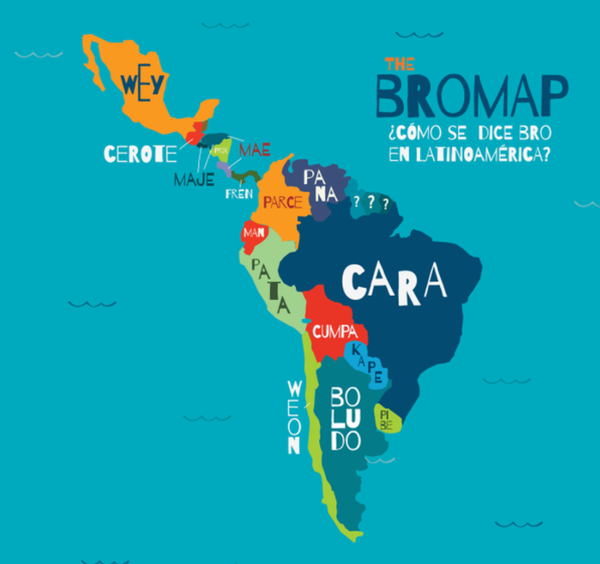
16* … there is a lexical similarity of 89% between Spanish and Portuguese and of 82% between Spanish and Italian?
17*... Spanish is a Romance language?
Such as French, Italian, Portuguese and Romanian. Romance Languages are also called Latin languages because they are the modern languages that evolved from spoken Latin between the sixth and the ninth centuries A.D. After the fall of the Roman Empire, the former population continued to speak in Latin, and it eventually diverged into totally new languages based on the regions in which it was spoken.
Romance languages share a similar grammatical structure and there are often similarities in vocabulary. So probably, if you already know Spanish, will be easier for you learning other languages such as French, Portuguese, Italian or Romanian.
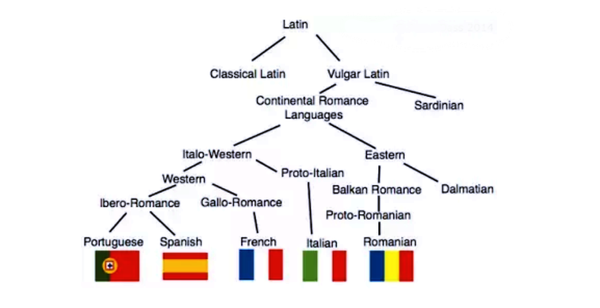
18*... some countries use the term Español and others prefer to use Castellano to refer to Spanish? The Diccionario panhispánico de dudas states that, although the Spanish Royal Academy prefers to use the term español in its publications when referring to the Spanish language, both terms -Español and Castellano- are regarded as synonymous and equally valid.
19*... Spanish will reach 600 million speakers by 2050?
Believe it or not, this language is spreading rapidly compared to other languages.
20* ... Spanish is Relatively Easy to Learn?
Is generally thought as one of the easier languages to learn and it takes an English native speaker around 22-24 weeks of study to reach a general proficiency in speaking and reading.
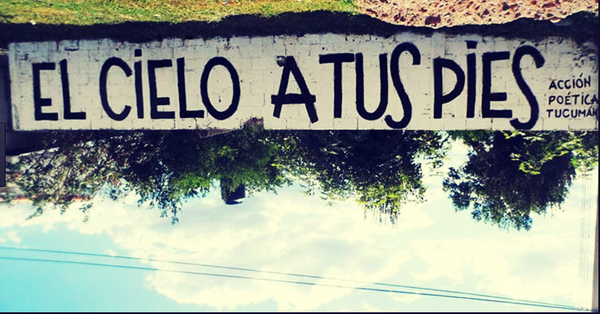
PD: I share this video to start learning the language in a funny way! : "Oh, How hard is to speak Spanish!" Please, don't take it so seriously!!! :)
About the variations between the Spanish spoken in Spain and Latin American Spanish you don't need to worry too much, as they mainly lie in pronunciation and intonation but they won’t hamper communication!
These curiosities about Spanish reveal the language’s long heritage as well as its importance and growth in the world today.
Hopefully this will be a good incentive to you and to people of all ages and from all kinds of backgrounds to learn this amazing language and to enjoy the many benefits that speaking Spanish can bring!
17 Ekim 2017





